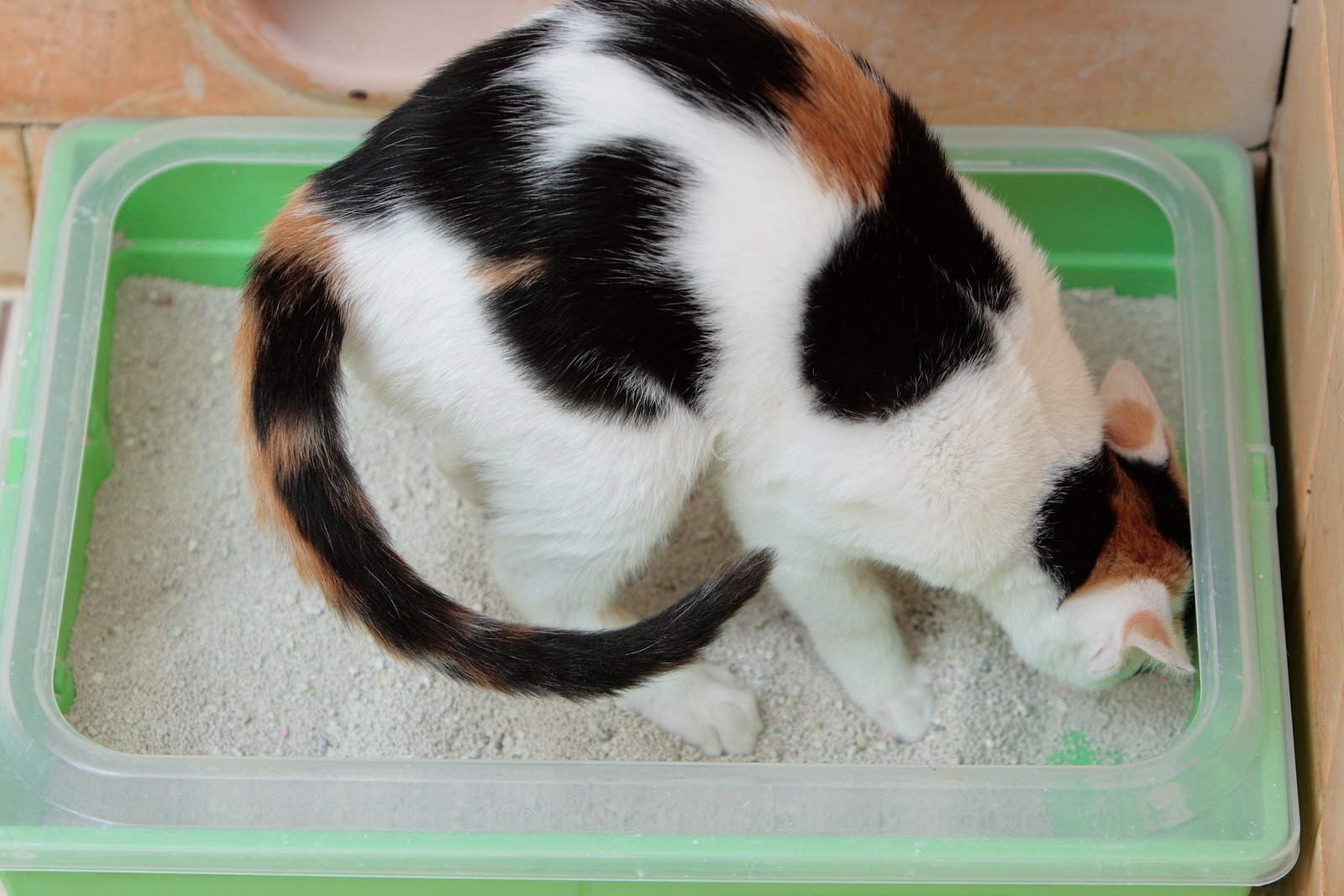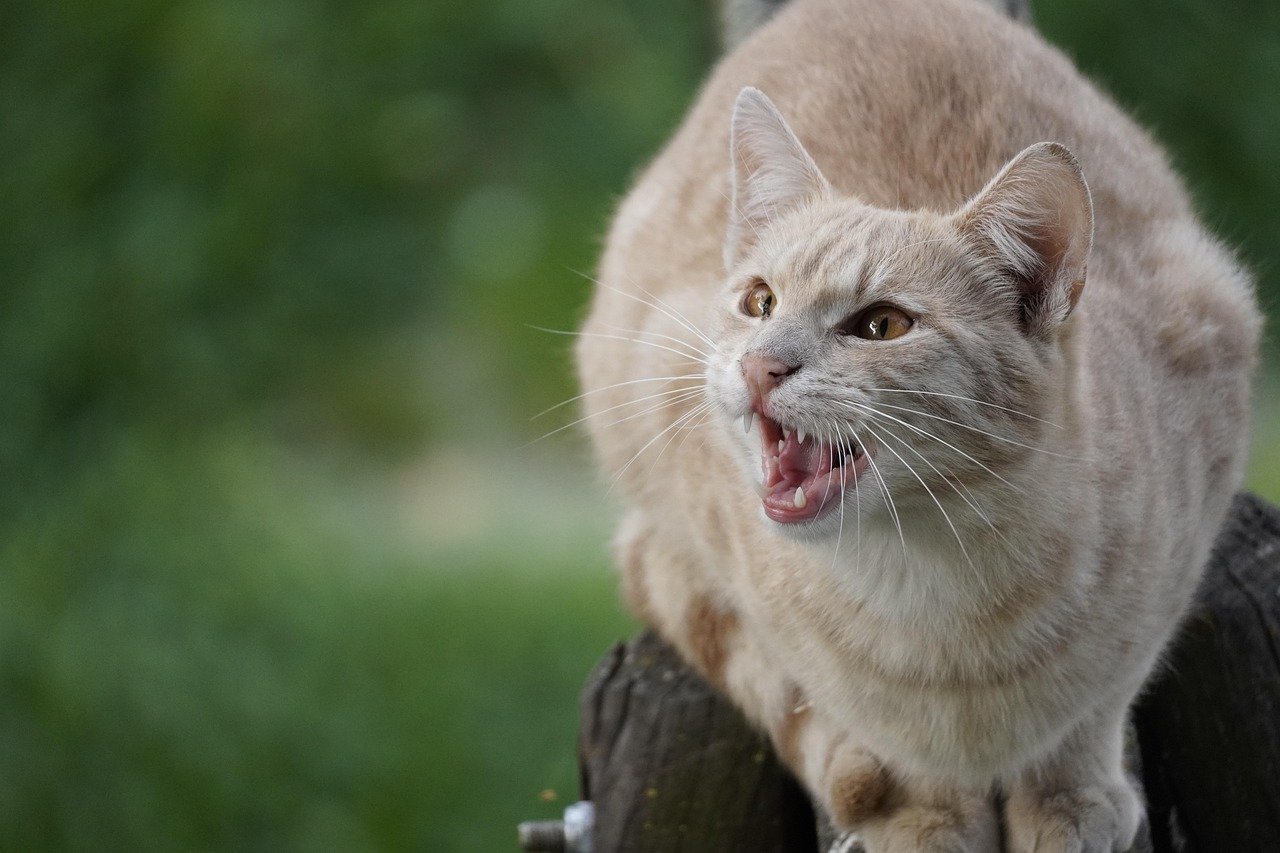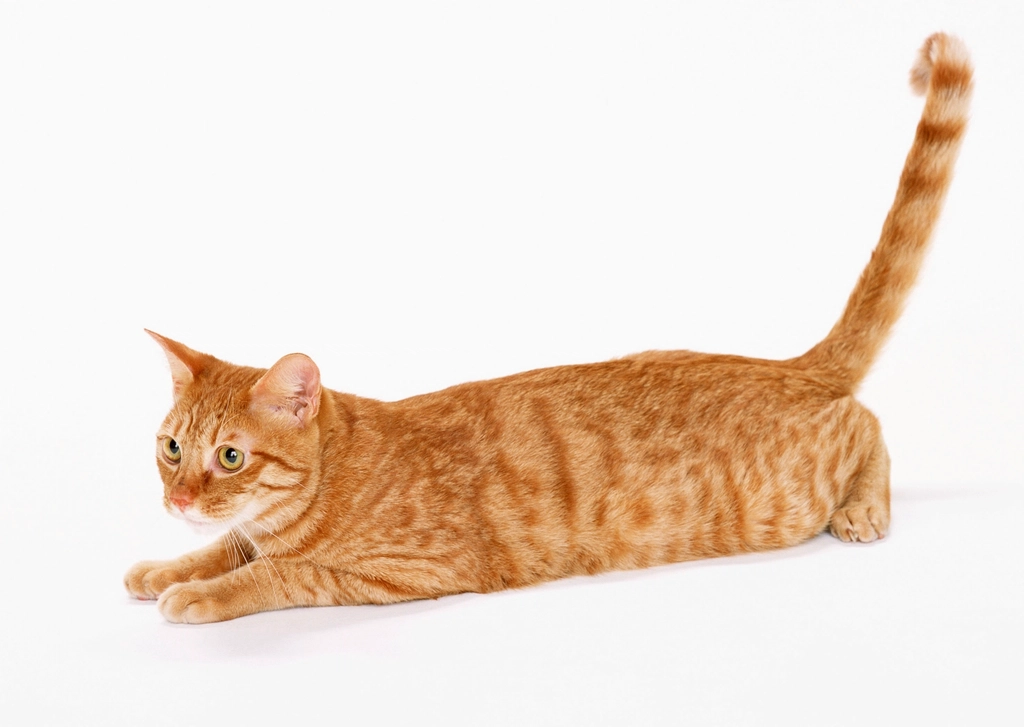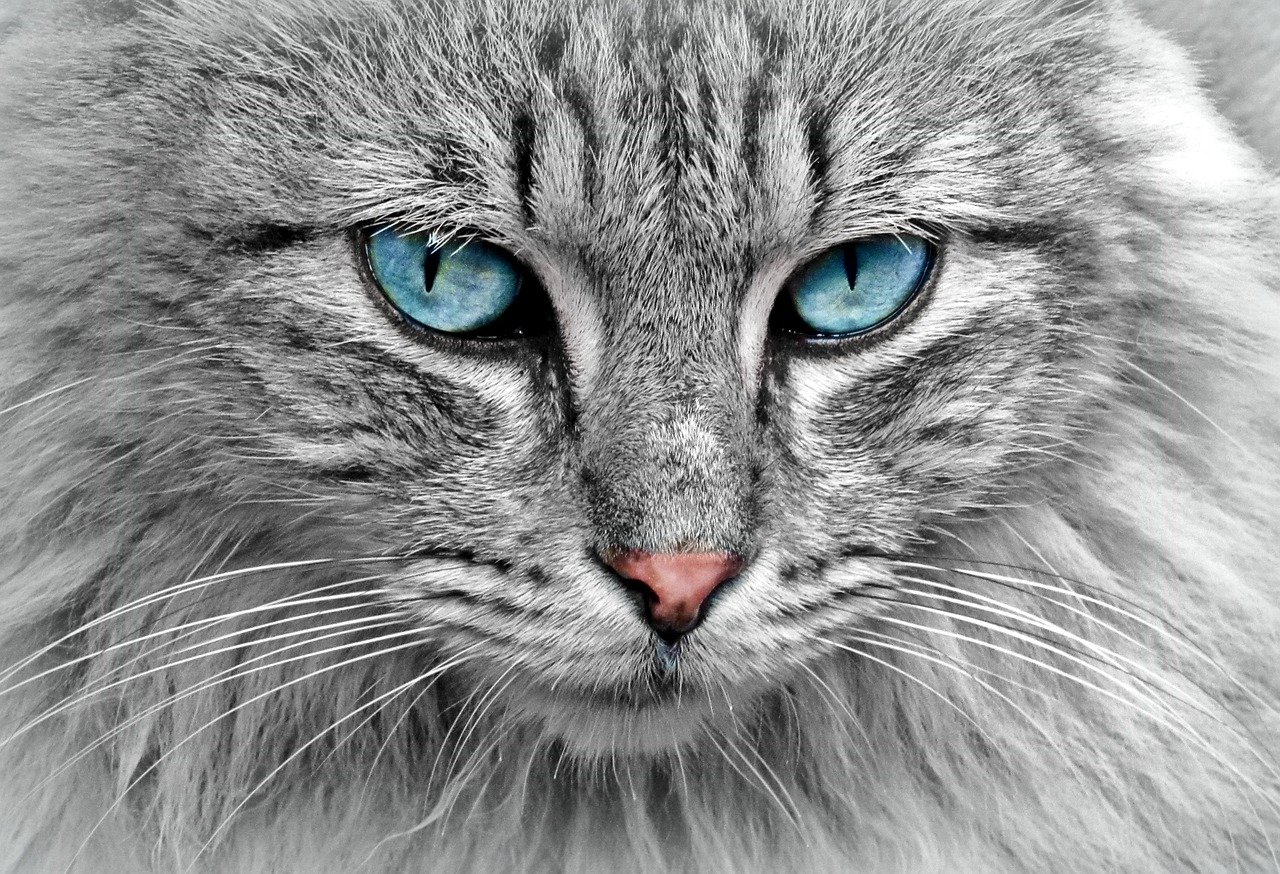Cats, with their mysterious demeanor and captivating eyes, have always held a special place in our hearts. For cat lovers, understanding their feline friend is like deciphering a secret code. As independent and enigmatic animals, cats communicate in subtle ways, often trying to convey important messages. If you’ve ever felt like your cat is trying to tell you something, you’re probably right. Here, we unravel the signs that your cat might be trying to communicate something significant.
1. Unusual Vocalizations: More Than Just a Meow
Cats are known for their meows, but when these vocalizations change in frequency, tone, or volume, they could be trying to tell you something. An increase in meowing might indicate that your cat is seeking attention or food. Conversely, a cat that suddenly becomes quieter could be feeling unwell. Think of it like a friend who suddenly starts talking more or less than usual; it’s a cue to check in with them. Pay attention to the context of these sounds, as they often provide clues about your cat’s needs or emotional state.
2. Excessive Grooming: More Than Just Vanity

Cats are naturally clean creatures, but when grooming becomes excessive, it might be a sign of stress or health issues. If you notice bald patches or irritated skin, it’s time to take a closer look. Like a person who bites their nails when anxious, a cat may over-groom as a coping mechanism. This behavior can indicate allergies, fleas, or even emotional distress. Observing when and where your cat grooms excessively can provide insights into potential triggers or concerns.
3. Changes in Appetite: A Silent Alarm
A sudden shift in your cat’s eating habits can be a red flag. Whether your cat is eating more or less than usual, it’s essential to consider the underlying reasons. A decrease in appetite can signal dental issues, gastrointestinal problems, or emotional stress. On the other hand, overeating might be a sign of boredom or a medical condition like hyperthyroidism. Just like humans, cats’ eating patterns can reveal much about their overall well-being.
4. Litter Box Avoidance: A Clear Message

When a cat avoids its litter box, it’s not just being difficult; it’s sending a message. This behavior can indicate a variety of issues, from urinary tract infections to dissatisfaction with the litter box’s cleanliness or location. Imagine how you’d feel if your bathroom was constantly dirty or hard to reach. Cats have similar preferences. Addressing litter box issues promptly can prevent further complications and ensure your cat feels comfortable and secure.
5. Aggressive Behavior: An Underlying Issue

If your usually calm cat starts hissing, biting, or scratching more than usual, it might be trying to communicate discomfort or fear. Aggression can be a response to pain, environmental changes, or perceived threats. Like a person lashing out when stressed, a cat’s aggressive behavior often has a root cause. Observing patterns in this behavior, such as specific triggers or times of day, can help in understanding the underlying issues.
6. Purring: More Than Just Contentment
While purring is often associated with a happy cat, it can also indicate other emotions. Cats may purr when they’re in pain or feeling anxious, using the sound as a self-soothing mechanism. It’s akin to a person humming to calm themselves. If your cat is purring in unusual situations, such as during a visit to the vet, it might be trying to comfort itself. Understanding the context of the purr can provide valuable insights into your cat’s emotional state.
7. Tail Language: The Silent Communicator

A cat’s tail is a powerful communication tool. A bushy tail might indicate fear, while a tail held high can signify confidence or happiness. Observing the position and movement of your cat’s tail can reveal much about its mood. Think of it as a mood ring, changing with emotions. By paying attention to these subtle tail movements, you can better understand what your cat is feeling or trying to express.
8. Hiding: Seeking Solitude for a Reason
While cats enjoy their alone time, excessive hiding can signal distress or illness. If your cat is spending more time than usual tucked away in secluded spots, it might be feeling unwell or anxious. Imagine someone retreating to their room when overwhelmed; cats do the same. By monitoring these behaviors and providing safe, comforting spaces, you can help address the root cause and offer reassurance.
9. Changes in Sleeping Patterns: More Than Just Cat Naps

Cats are known for their love of sleep, but significant changes in sleeping habits can indicate underlying issues. If your cat is sleeping more than usual or seems restless, it might be experiencing health problems or stress. Just as a person might sleep more when feeling depressed, cats exhibit similar behaviors. Observing these patterns can help in determining whether a vet visit is needed.
10. Eye Contact: The Window to Their Soul

Cats communicate a lot through their eyes. A slow blink can be a sign of trust and affection, while dilated pupils might indicate fear or excitement. Like maintaining eye contact in a conversation, understanding your cat’s eye language can enhance your bond. By responding to these cues, such as returning a slow blink, you can strengthen your connection and better understand your feline friend’s emotions.
In the world of cats, communication is a subtle art form. Each of these signs serves as a valuable piece of the puzzle in understanding your cat’s needs and emotions. By tuning into these signals, you can foster a deeper connection and ensure your cat’s happiness and well-being.

Andrew Alpin from India is the Brand Manager of Doggo digest. Andrew is an experienced content specialist and social media manager with a passion for writing. His forte includes health and wellness, Travel, Animals, and Nature. A nature nomad, Andrew is obsessed with mountains and loves high-altitude trekking. He has been on several Himalayan treks in India including the Everest Base Camp in Nepal.





